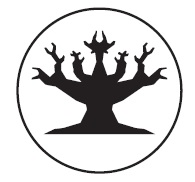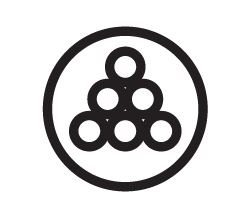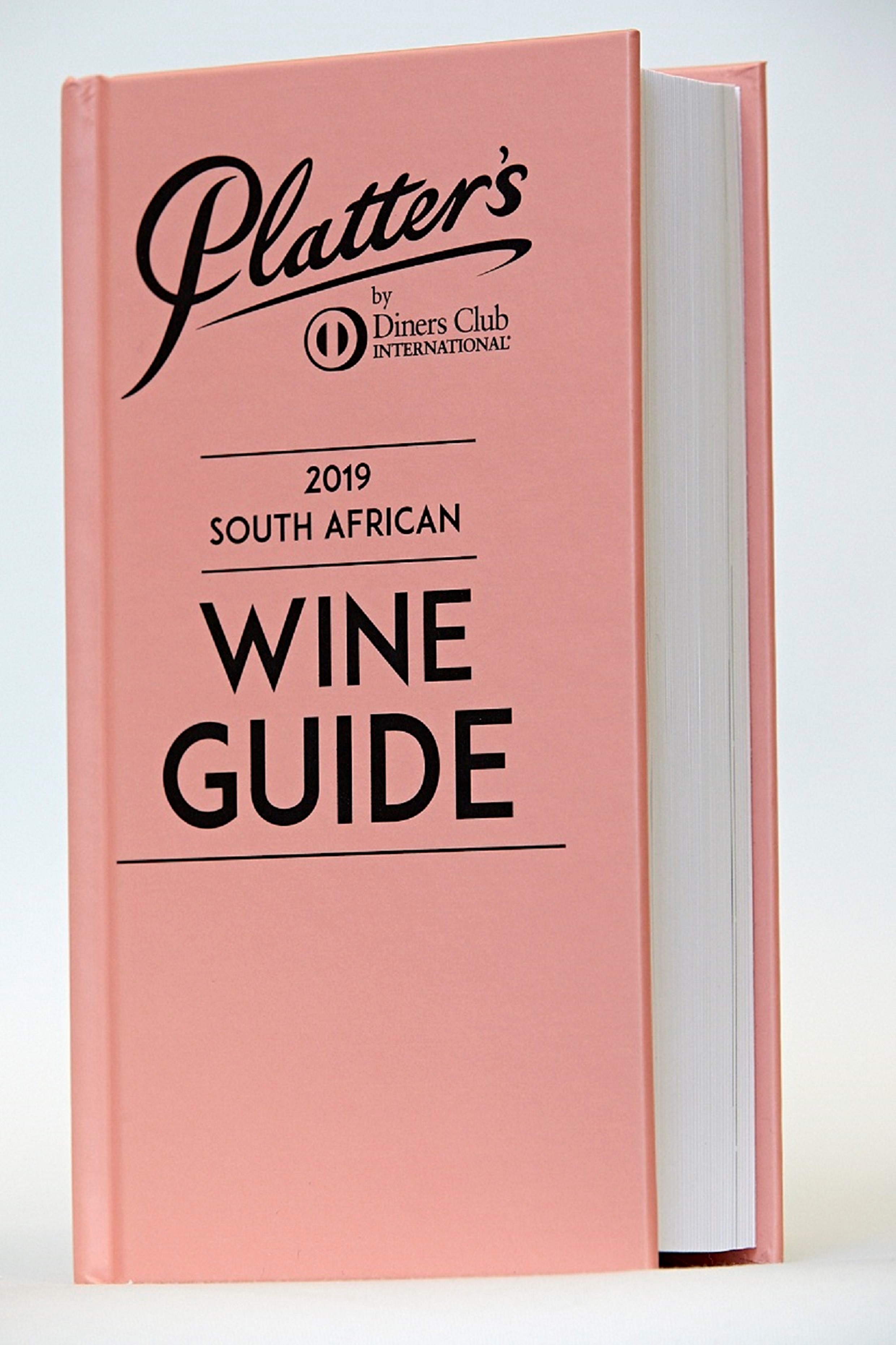PLATTER’S WINE GUIDE 2019
The recently-launched 39th edition of Platter’s Wine Guide includes several new features, many based on developments in the industry.
Let’s start with lotions concretely pitting. It may be gobbledygook to some, but What3words is an increasingly popular method of finding and sharing a location. Founded in 2013 by Chris Sheldrick with two friends, Jack Waley-Cohen and Mohan Ganesalingamapp, What3words divides the world into a grid of 3 metres x 3 metres, assigning each a unique three word address (the above belongs to Mullineux). Platter teamed up with What3words to enable visitors and locals more easily navigate the winelands via the free app. Each address is listed at the end of the winery’s contact details.
Much attention has been devoted this year to old vines and the Old Vine Project. With 35 years declared the official minimum age to qualify for Old Vine status, 2018 also celebrated the first wine to carry the Certified Heritage Vineyard sticker – Christa von la Chevallerie’s Huis van Chevallerie Nuwedam Chenin Blanc 2017, her family farm’s vineyard planted in 1974. Wines bearing this sticker are recognised in the guide with an Old Vine icon.

Not all wines listed in Platter which qualify for Old Vine status carry the icon. One example is the Mullineux’s Kloof Street Old Vine Chenin Blanc from 45 year old vines. Chris Mullineux confirms their goal is to get certification in time for vintage 2019. Other wineries face a similar situation. Old Vine icons in future Platters should increase as more vineyards reach 35 and are certified.
The new bunch of grapes icon indicates wines worthy of ageing; the suggestion is 8 to 10 years for reds, 4 to 6 years for whites, though much depends on suitable storage conditions. In previous editions, a section at the front of the guide titled ‘Buy now, drink later’ covered this subject.

With an eye on the international market, the third new icon in Platter 2019 contains the score out of 100 for each vintage of each wine reviewed; this is placed alongside the relevant and familiar star rating, though stars only reflect the track-record rating in the margin.
When reviewing and rating a wine, tasters were required to enter the score out of 100, a figure automatically translated into stars. A few examples as follows:
5* 95-100
4.5* 90-94
4* 86-89
3.5 83-85
3* 80-82
To make the 5* tasting a more manageable affair, but not deny wines worthy of a 4.5* rating, only those wines rated 93 and above went into that blind tasting (around 600 wines compared with around 900 last year), with 93 the minimum permitted final score. Wines the panels felt deserved more than 93 but not quite 95 (5*), rated a Highly Recommended 94.
The new Wines of the Year acknowledges top scoring wines in each category on the 5* tasting; in multiple wine categories, panels singled out their best wine via a score higher than 95.

Finally, changes too have been made to Winery of the Year, now Wineries of the Year. Top Performing Winery of the Year (Mullineux); Newcomer Winery of the Year (Erika Obermeyer Wines) and Editor’s Award (Newton Johnson Vineyards).
No doubt the 40th edition of Platter will include yet more new features.
- Angela Lloyd